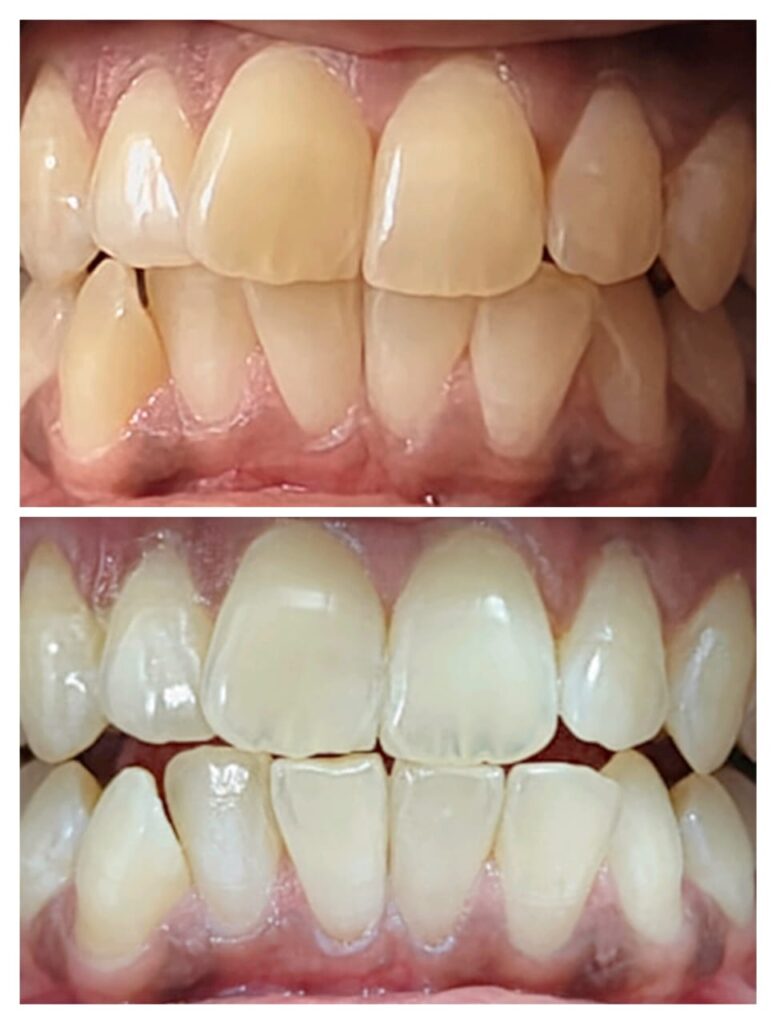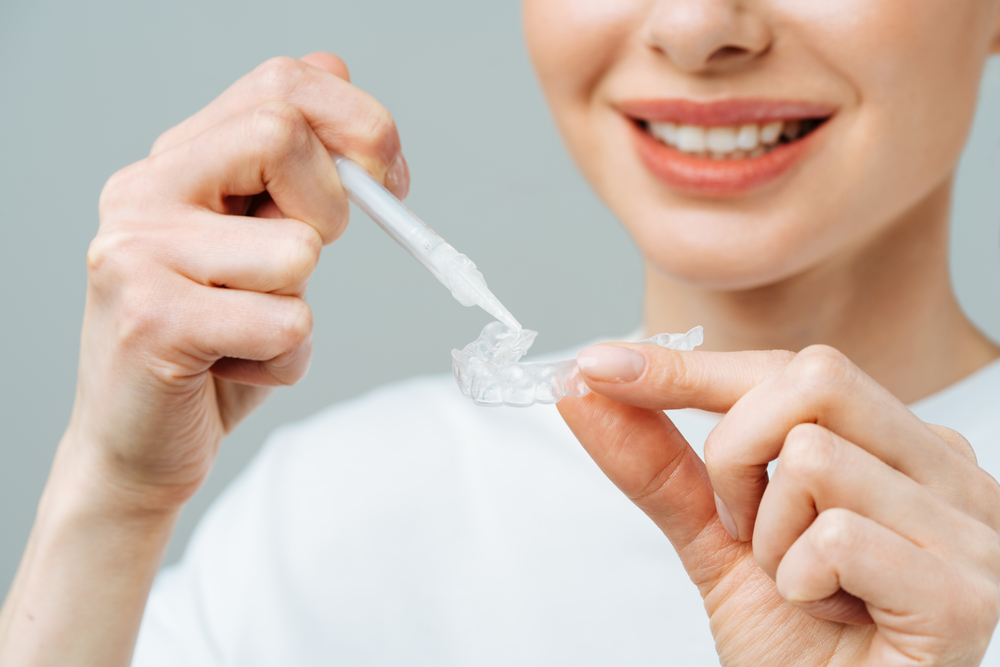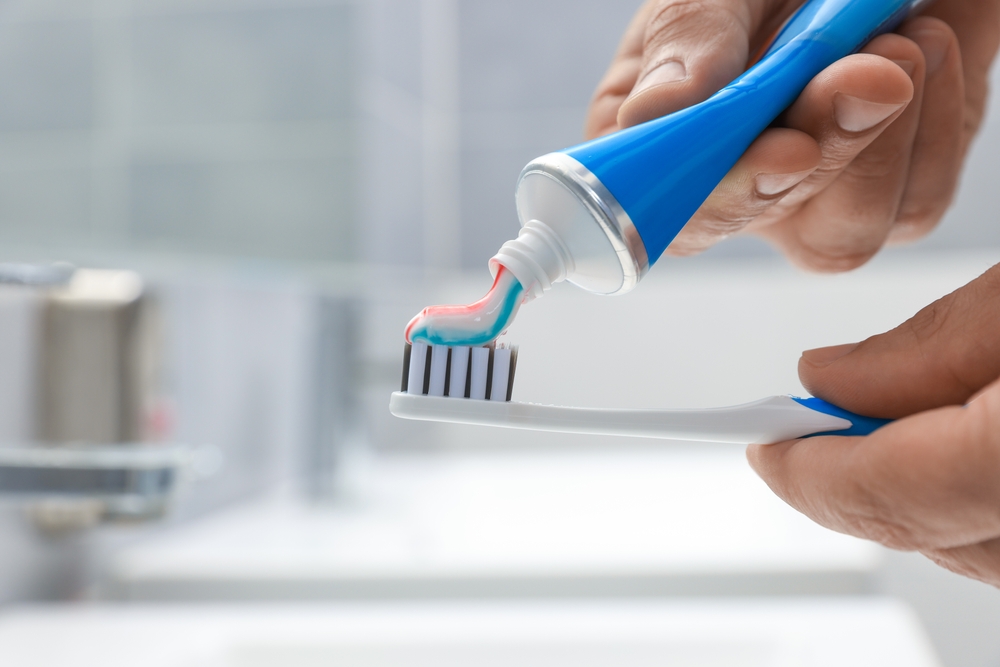Tooth Whitening Treatment
Tooth whitening, also known as tooth bleaching, is a dental treatment that lightens the colour of teeth and removes stains and discoloration. It is a popular cosmetic dentistry procedure that can improve the appearance of teeth and enhance self-confidence. If you’re looking for a teeth whitening clinic in Indiranagar, consulting a professional is crucial for safe and effective results.

There are 3 different types of Tooth Whitening

In-Office Whitening
Performed at the dentist's office using high-concentration bleaching gel and activation light.

At-Home Whitening
Uses custom-fitted trays and bleaching gel or strips applied at home.

Whitening Toothpaste
Contains mild abrasives and hydrogen peroxide to gently whiten teeth.
Before getting on with the procedure done it’s crucial that one is aware about the causes of tooth discoloration. These include stains from food, drinks, and tobacco, ageing and wear, medications and chemicals, trauma or injury and genetics. Visiting a teeth whitening clinic in Indiranagar ensures you receive professional advice tailored to your specific needs.
How is tooth whitening done in a clinic set up?
In which all conditions are tooth whitening recommended?
- Stains or discoloration from: When teeth are discoloured from specified food and drinks (coffee, tea, wine, berries), Tobacco, smoking or any medications(iron supplements in liquid form, tetracycline , doxycycline)
- Yellow or brown teeth due to ageing
- Healthy teeth and gums
- Realistic expectations (understanding that whitening may not achieve Hollywood-perfect teeth)
- Willingness to maintain results with good oral hygiene and occasional touch-ups
- Intrinsic stains or spots on teeth: Teeth may have white, yellow or brown spots due to underdeveloped enamel. Veneers are an effective choice of treatment.
However, tooth whitening may not be suitable for:
- Pregnant or breastfeeding women
- Sensitive teeth or gums
- Worn or weakened enamel
- Exposed dentin or roots
- Gum recession
- Dental work (fillings, crowns, bonding) in the front teeth
- Teeth with internal stains (dental trauma, fluorosis)
- Children under 16 (teeth still developing)
- Smokers (whitening may not be effective, and smoking can reverse results)
- Individuals with unrealistic expectations
It’s essential to consult a dentist before tooth whitening to determine if the procedure is right for you. They will assess your teeth and gums and recommend the best course of treatment.
In office benefits of Tooth Whitening
FAQs
Tooth whitening, also known as teeth bleaching, is a cosmetic dental treatment that lightens the color of teeth.
Teeth can become discolored due to various reasons such as aging, food and drink stains, tobacco, and poor oral hygiene.
There are two types: in-office whitening (performed by a dentist) and at-home whitening (using custom-fitted trays or over-the-counter products).
Results can last from a few months to a few years, depending on oral hygiene and lifestyle.
No, it lasts a few months and may need reapplication further to maintain that.
Yes, when performed by a dentist or following instructions for at-home products.
Mild sensitivity and gum irritation are possible, but temporary.
No, not everyone is a candidate. Consult a dentist to determine if whitening is suitable for you.
No, when done properly with gum protection and following the instructions.
Polishing is done at the end of a cleaning appointment after plaque removal. It does not enhance or change color of the tooth like a whitening agent.

